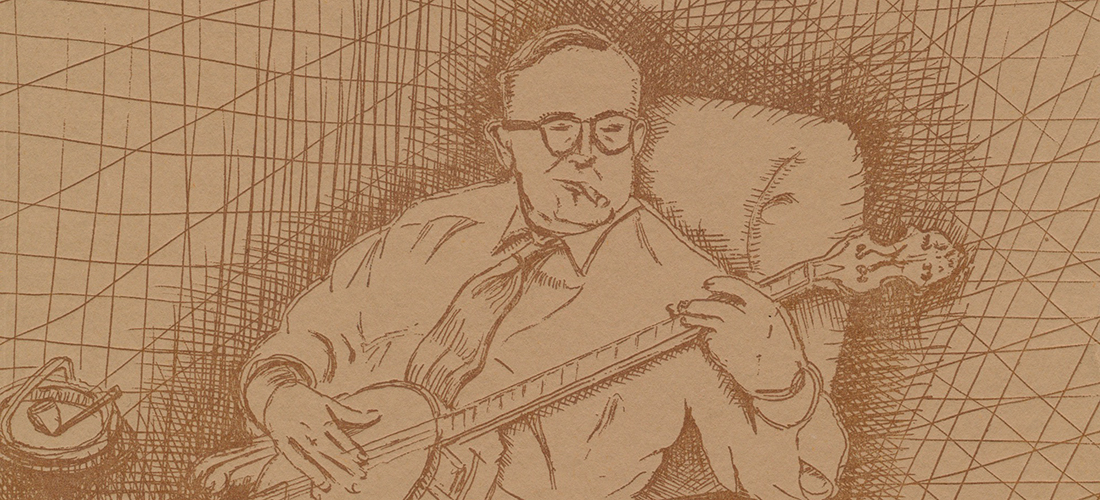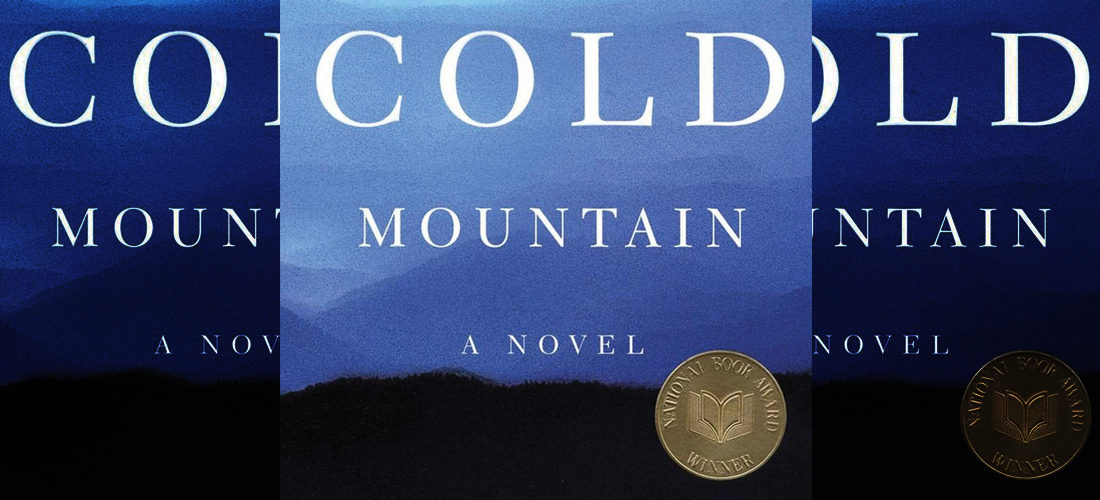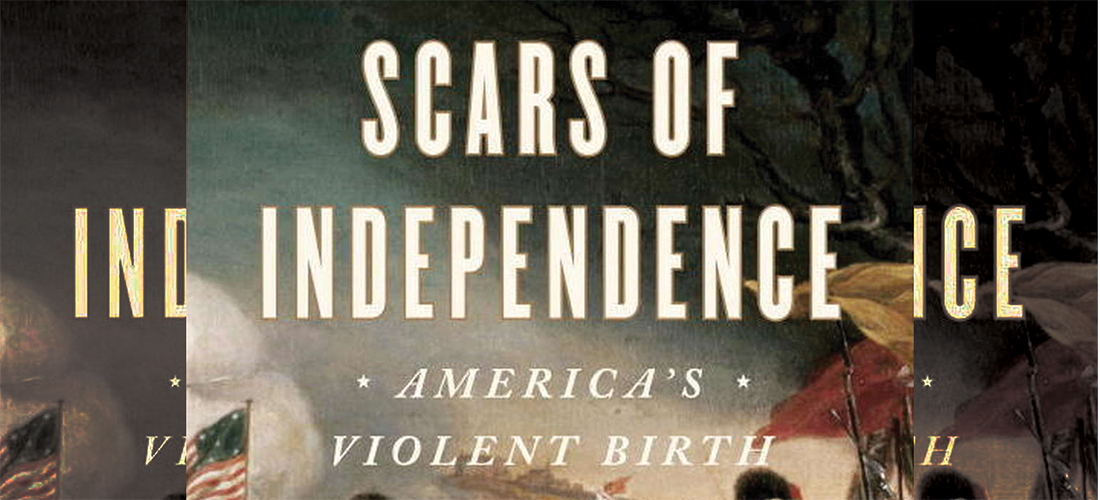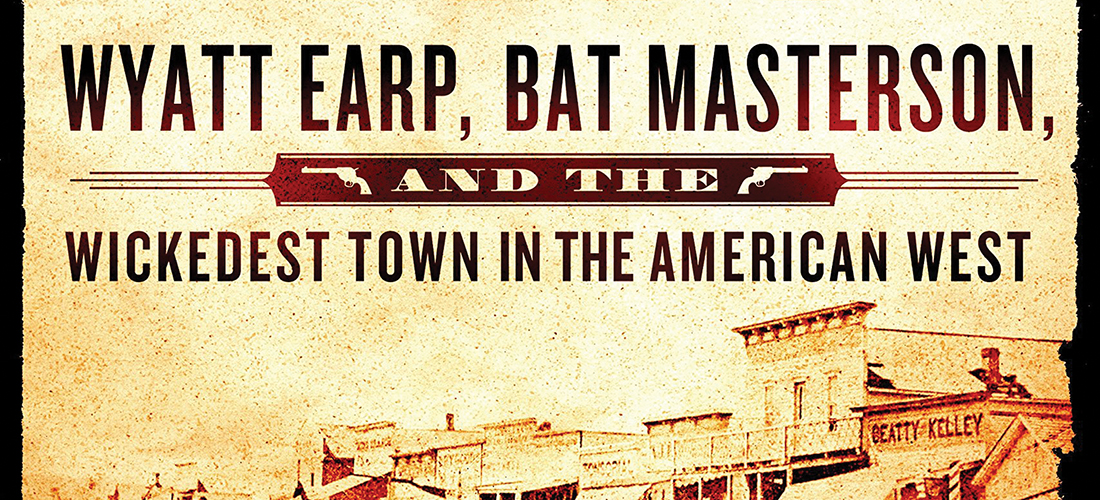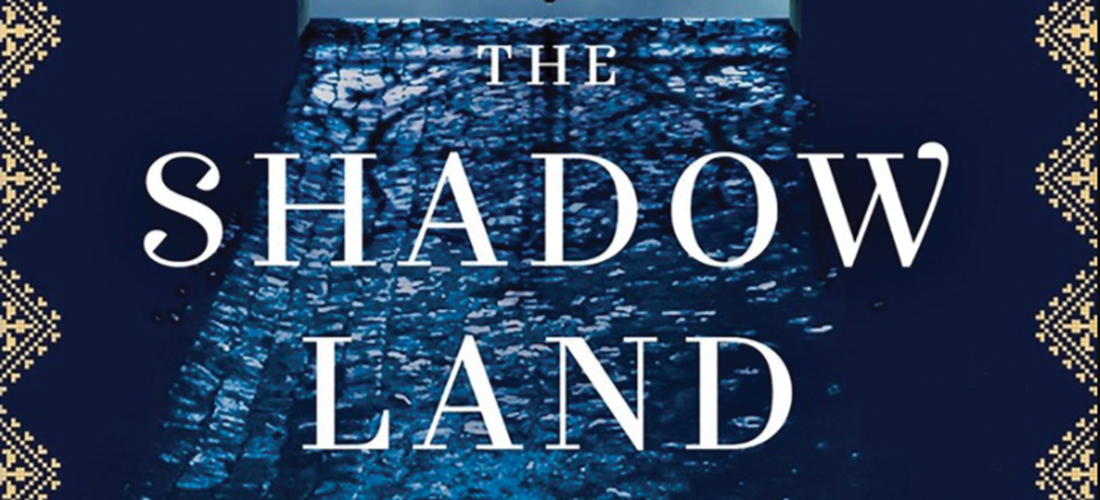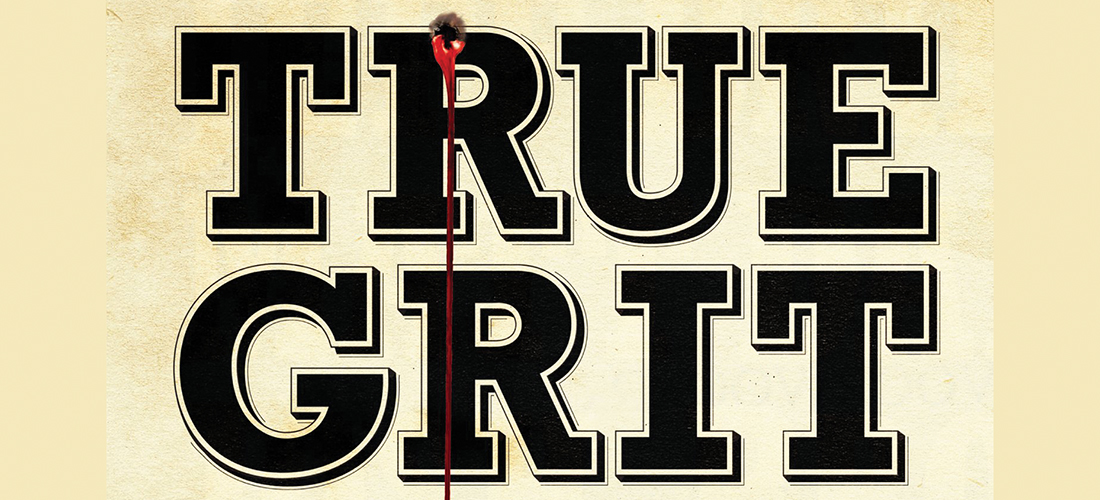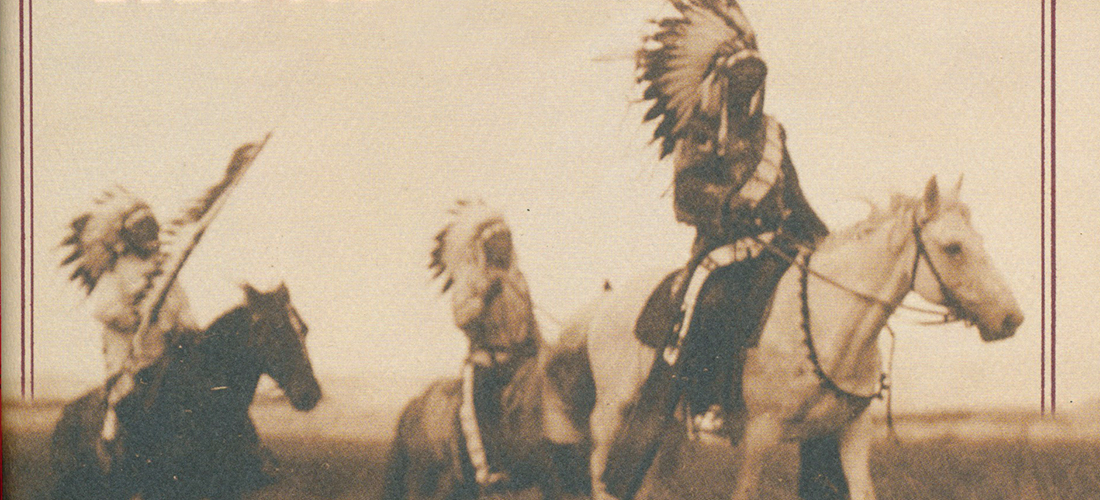The distinguished reign of a poet laureate
By Stephen E. Smith
I have seen the ones I love leave this world as shadows without wings.
The purple martins that come up every year from Somewhere
Leave as easily as they jetted into their gourds in March.
And I have held my father’s hand as he was dying
And my mother’s, lying in her lap like dried peas . . .
From Paul’s Hill
Shelby Stephenson
North Carolina Poet Laureate
With the death of Poet Laureate Sam Ragan in 1996, the office of state laureate ceased being a lifetime appointment, and sitting governors began selecting poets laureate (with recommendations from the state’s writing communities) who would promote an appreciation for an often misapprehended genre. Recent laureates have been chosen for the excellence of their work, their influence on other writers, and “an appreciation for literature in its diversity throughout the state.” The revised guidelines grant tenures ranging from a standard two-year term to five years, depending upon the governor’s readiness to select a new laureate and the willingness of the poet to serve. With the exception of a disquieting hiccup during the McCrory administration, governors have chosen poets laureate who exhibit exceptional talent and generosity — and the process has been, thank God, more or less devoid of politics.
But the job of poet laureate, the physical act of getting behind the wheel of a car and driving to every corner of the state to give readings and workshops, has turned out to be anything but cushy. In fact, it’s full-time work, offering little in the way of compensation and requiring immense dedication. Beginning with Greensboro’s Fred Chappell, who was the first of the new poets laureate and whose Midquest is the finest book (poem) written by a poet of his generation, and continuing with Kathryn Stripling Byer, Cathy Smith Bowers, Joseph Bathanti and Shelby Stephenson, our poets laureate have been barnstorming nonstop for more than 20 years.
From December 2014 to January 2018, Stephenson has given 315 readings, lectures and workshops, traveling from Hatteras to the Tennessee border, twice, and driving more than 25,000 miles within the state. Stephenson, who officially leaves office when a new laureate is appointed later this month, has gently touched the lives of thousands of North Carolinians, and he leaves us with an ambitious 52-part poem, Paul’s Hill: Homage to Whitman (Sir Walter Press), which is the logical and artistic culmination of his past work framed within the hard edges of the perplexing new world in which we find ourselves.
Raised in a large family that farmed in Johnston County, Stephenson is deeply rooted in a rural environment and possessed of a strong sense of longing for a particular time and place that’s never failed to offer the purest vision. His primary subjects, the foundation upon which he’s shaped most of his poems, are family, the natural world, the cycle of life, even the plank house where he was born, and despite a reliance on memory and the intensely personal nature of his poetry, there’s a restrained use of nostalgia in his work. When reading his leapfrogging lyrical lines, the reader is left with an overwhelming appreciation for the life the poet has lived and his eagerness to share his most personal moments.
The light plays shadows where once cordwood readied the woodbox.
My mother’s lost in the steam of her kettle.
I rub my face, as if parting curtains,
Wonder if I see myself in the rose-blue feathers smeared on the picture-window.
Bliss fades into pattern I’ll ride later, dross and all.
White moon, hold me in your arms.
Bathe my thoughts so wild onions may climb the cold
Sister Night to say to morning, “Hello, again.”
A mix of spoken language and the rhymes and rhythms, the literary tongue is interspersed with hymns, dogs, goldfinches, tulip poplars, cornstalks, collards and country music resonating in song titles and country lyrics, even in the irony of a long-forgotten radio advertisement sung by Arthur Smith and the Crackerjacks:
If your snuff’s too strong it’s wrong
Get Tuberose get Tuberose
To make your life one happy song
Get Tuberose get Tuberose.
Stephenson’s early poems took their inspiration from the land, but in the last 25 years he’s dealt critically with the guilt posed by slavery, the destruction of the natural environment, the dangers of romanticism, the relationship of the past to the present, and the twitches and ticks of contemporary life all infused into Paul’s Hill, anchored steadfastly in the present by the inclusion of the mundane elements of daily life and a use of language that dissolves the distinction between precincts of poetry and prose. His is the voice of a man viewing the present with skepticism, occasional distaste and a trace of anxiety.
The flag of the Oklahoma-bombing holds one tiny baby, fire-scarred
And that September, towering out of words, humble beyond relief,
Some hint of lushness — and you among the moon’s heaving night —
listening to whispers . . .
Judged by productivity, Shelby Stephenson has, for 50 years, created poetry of high quality. Beginning with Middle Creek Poems and moving forward through his 10 books to Paul’s Hill, he’s demonstrated continued growth and has perfected a distinctly individual voice cultivated with a single-minded devotion to his vision of a North Carolina in transition. As he’s matured as a writer, he’s stepped out of the tobacco rows, assuming the role of critic, teacher, reviewer, social commentator — and, most importantly, a distinguished and generous poet laureate.
Stephen E. Smith is a retired professor and the author of seven books of poetry and prose. He’s the recipient of the Poetry Northwest Young Poet’s Prize, the Zoe Kincaid Brockman Prize for poetry and four North Carolina Press awards.

